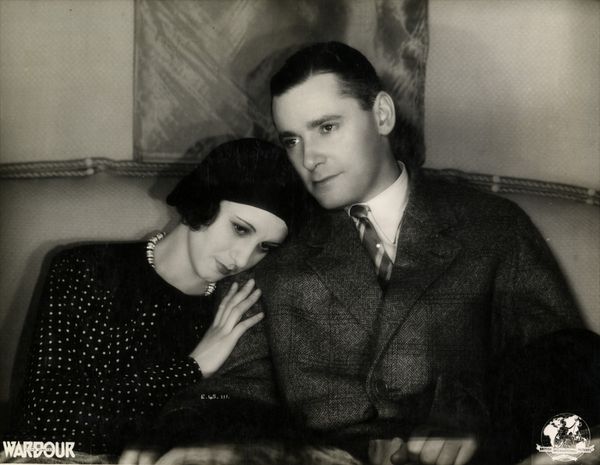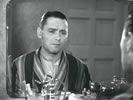Eye For Film >> Movies >> Murder! (1930) Film Review
Murder!
Reviewed by: Merlin Harries

As one of the greatest film-makers of his or indeed any time, it’s impossible to compare the work of Alfred Hitchcock to that of any other director. The more popular pictures such as Psycho (1960), North By Northwest (1959) and Rear Window (1954) all showcase his auteristic style and inimitable directorial prowess but there are many hidden gems in his lesser known pictures. In what was only his third sound film, Murder! (1930) took place in a theatrical setting and represented an early return to the crime genre for the director who was a comparative novice at the time.
Adapted from a stage play by Clemence Dane and Helen Simpson, Murder! was both entertaining and innovative for audiences at the time but was only a prelude to Hitchcock’s later and much greater pictures. In terms of early innovation it was the first film to use voice-over during the scenes where the character of Sir John (Herbert Marshall) runs over the case while shaving and listening to the radio. Interestingly, this scene was shot with a live orchestra in the background filling in for Sir John’s radio while the pre-recorded lines played over.

The film focuses on the central plight of the innocent and falsely accused victim Diana Baring (Norah Baring). Sir John is intent on proving her innocence despite the seemingly ‘open and shut’ case which found her unconscious at the scene of the murder. Hitchcock’s manipulation of mise-en-scène throughout the film became typical of his work but, at the time, the camerawork and cinematography were something of a revolution.
In keeping with its theatrical roots the film plays out as though it were actually being performed on the stage. The scenes are a mixed bag and the camerawork is lethargic and gives the film an overall mood and tone that didn’t really resurface in Hitchcock’s later works. The theme of innocence and the falsely accused, however, became something of a hallmark in the director’s work recurring in films such as The 39 Steps (1935), Young And Innocent (1937) and, again, North by Northwest.
For the fans of Hitchcock’s work it is always worth indulging in his early cinema if only to witness the evolving mastery of the genre and the nuances that characterise his films. The plot is clearly a more primitive version of some of his later masterpieces and the acting is somewhat ‘hammy’ in places but this is typical of most cinema from the period. It’s rather telling that little of the director’s early work appears in any of the classical collections and it is perhaps only the true connoisseur would wish to add Murder to their assembly of his pictures.
Reviewed on: 21 May 2007

















